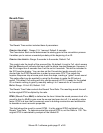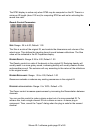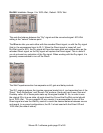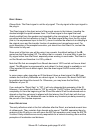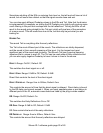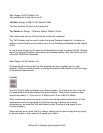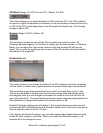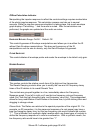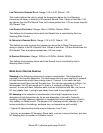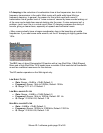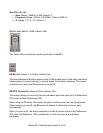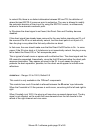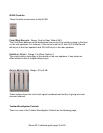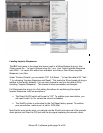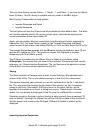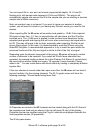LOW FREQUENCY DAMPING RATIO: Range: 0.10 to 2.00; Default: 1.00
This control defines the ratio by which the frequencies below the Low Damping
Frequency will decay in relation to IR’s general Reverb Time. Values of less than 1.00
are shorter than the IR’s Reverb Time, and values greater than 1.00 are longer than the
IR’s Reverb Time.
L
OW DAMPING FREQUENCY: Range: 16Hz to 1600Hz; Default: 600Hz
This defines the frequency below which the Reverb time is controlled by the Low
Damping Ratio Control.
H
I FREQUENCY DAMPING RATIO: Range: 0.10 to 2.00; Default: 1.00
This defines the ratio by which the frequencies above the Hi Damp Frequency will
decay in relation to the IR’s Reverb Time. Values of less than 1.00 are shorter than the
IR’s Reverb Time, and values greater than 1.00 are longer.
H
I DAMPING FREQUENCY: Range: 1000Hz to 21000Hz; Default: 2500Hz
This defines the frequency above which the Reverb time is controlled by the Hi
Damping Ratio Control.
MORE ABOUT REVERB DAMPING
Damping is the frequency response of a room’s reverberation. This information is
captured in the Impulse Response. The total decay time of a room might be 2 seconds,
but high frequencies might have a decay time of 1 second. In this case, the high
frequencies would have one-half the total time. This can be expressed as a Ratio. For
this example, the HF ratio would be 0.5 (that is, 2 seconds multiplied by 0.5 = 1
second). A room with hard, reflective walls, such as a bathroom with tiles, can have a
HF ratio greater than 1, giving longer decay times (and a very bright sound).
HF damping is the reduction of reverberation time at high frequencies due to
absorption of high frequencies by the air and absorption in the walls. Generally
speaking, this high frequency reduction in reverberation time is necessary to avoid a
very splashy or sibilant sound. The degree of HF damping actually changes in real
rooms according to furnishings, audience size, air temperature and humidity.
• Typical HF damping frequencies may be between 4 and 7 kHz.
• Very dry air increases HF damping. Stone walls, such as in many churches, give less
HF damping than do wooden or furnished rooms.
Waves IR-1 software guide page 29 of 40



